Report this entry
More from the same community-collection
Mayor Dee Margo & Adair Margo - 2017 - El Paso, Texas
Photograph of Dee Margo & Adair Margo - El Paso, Texas El ...
Blanche Ethel Henderson - 1906
Mother of Frances Marie Grundy who attended Douglass High School ...
Bird Dogs - El Paso, Texas - 2017
Bird Dogs - El Paso, Texas - 2017 Oh how special, Gino Forti, ...
G.M. Locomotive: St. Louis & Southwestern R.R. - 1944
G.M. Locomotive: St. Louis & Southwestern R.R. - 1944 On ...
Company E - Lecture - El Paso, Texas - 2017
Dave Gutierrez gives lecture on Company E - downtown El Paso, ...
Alex Rivas - With Dave Gutierrez - Company E - 2017
Alex Rivas from El Paso, Texas was an original member of Company ...
Alex Rivas - With Dave Gutierrez - Company E
Alex Rivas from El Paso Texas was an original member of Company ...
First Steps Exhibit Ribbon Cutting Ceremony - 2017
First Steps Exhibit Ribbon Cutting Ceremony - 2017 Left to ...
Luz Ulrickson and Brother Nick Gonzalez
Luz Ulrickson and Brother Nick Gonzalez at the opening for the ...
Raymond L. Telles, Jr. and Rene Mascarenas Miranda, 2017
Raymond L.Telles, Jr .mayor of El Paso, Texas and Rene ...
Janice Woods Windle, El Paso, TX circa 1989
Janice Woods Windle built the El Paso Community Foundation into ...
Zacchia Jabalie Ayoub, Border Tobacco
Zacchia Jabalie Ayoub came to El Paso, Texas as a 13 year old ...
Cathedral Exhibit In El Paso, Texas - 2017
Pedro Zaragoza, Giuliana Leal and Jorge I. Angulo at the grand ...
Cathedral High School and Saint Patrick's Cathedral Exhibit
Cathedral High School and Saint Patrick's Cathedral honored on ...
Cathedral High School & Saint Patrick's Cathedral - 2017
Photograph taken at the opening for First Steps - exhibit ...
Ruth Cleveland Hellums and Homer Dyche - El Paso, Texas
El Paso, Texas - Photograph taken at 108 Texas Street - Virden ...








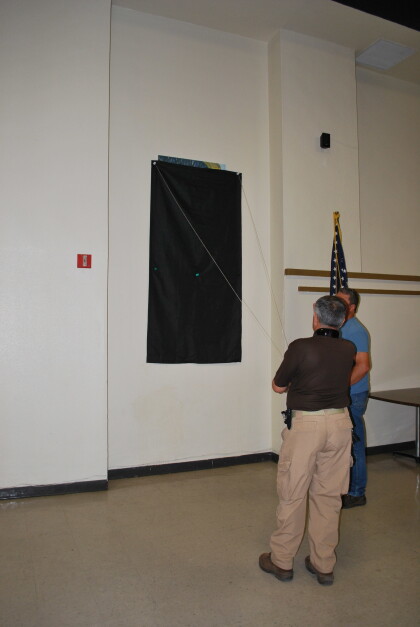
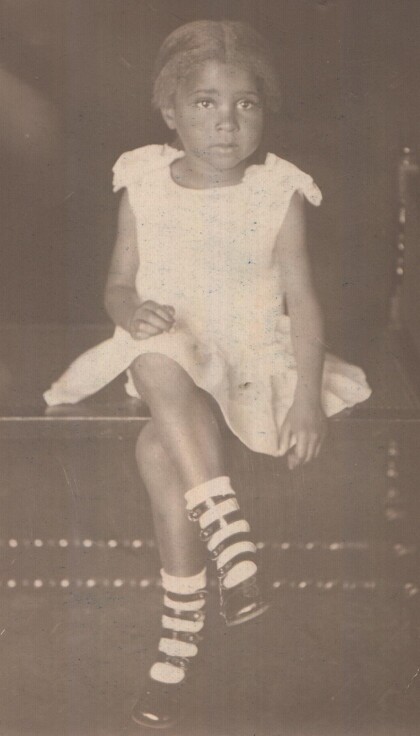
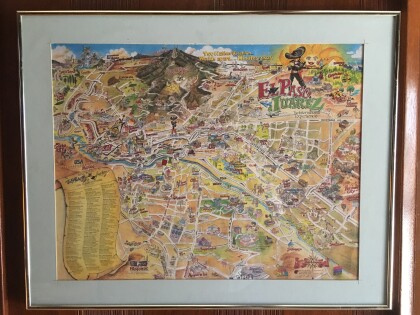

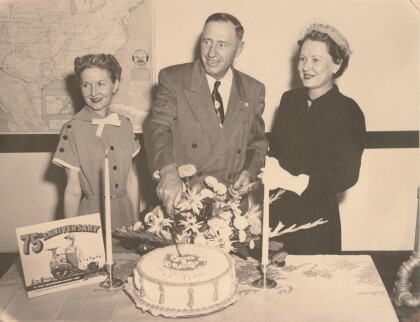
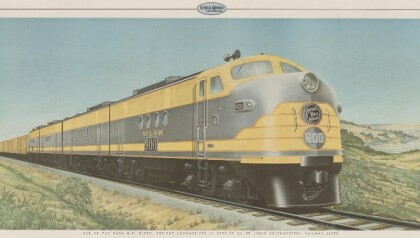
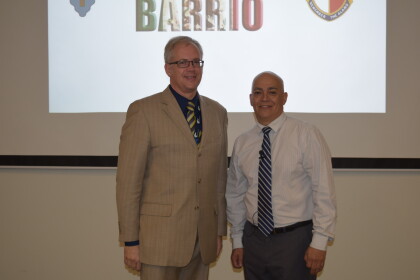
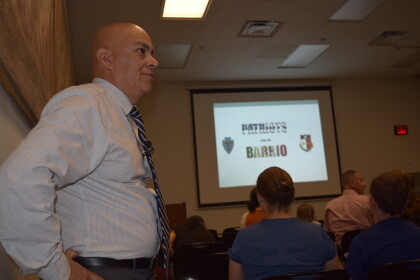
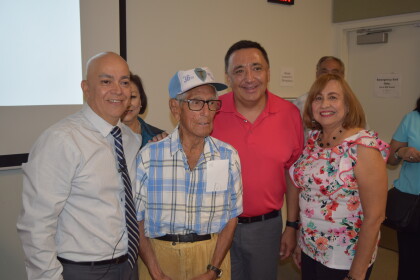
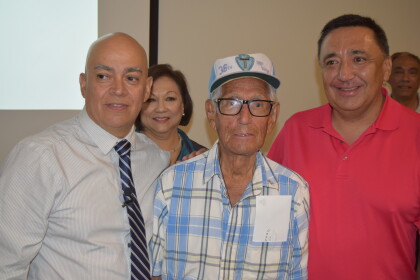
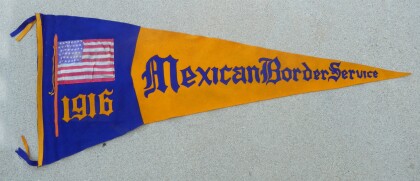
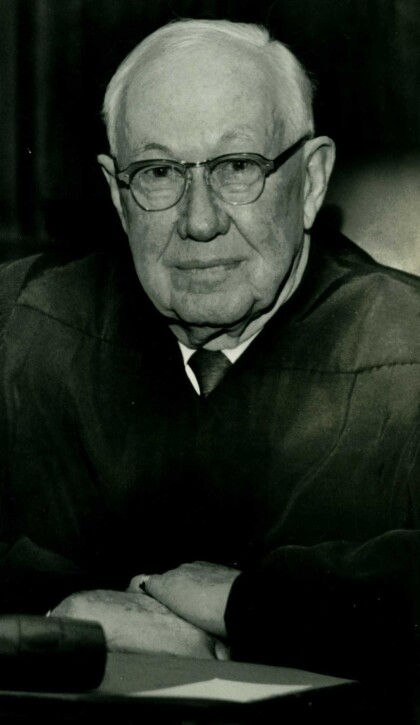

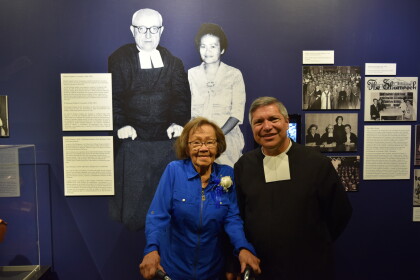

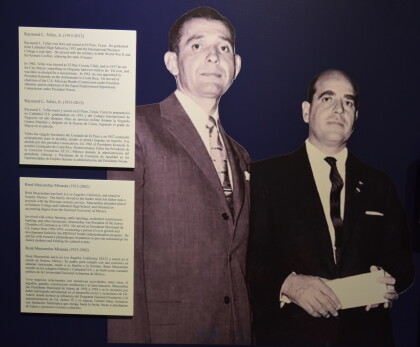
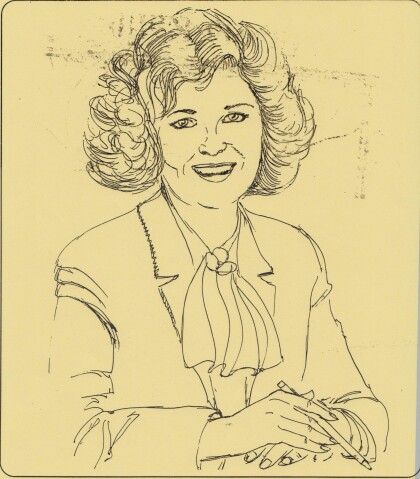
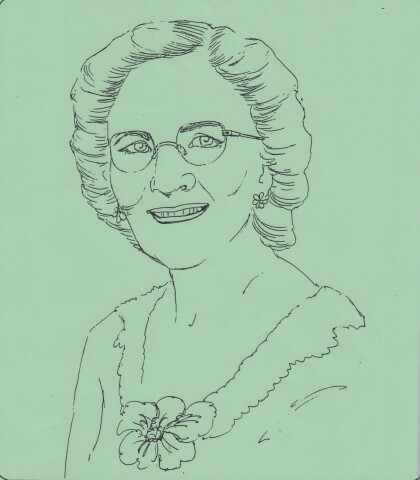

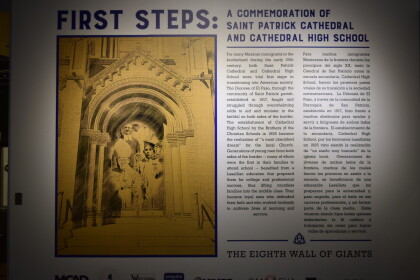
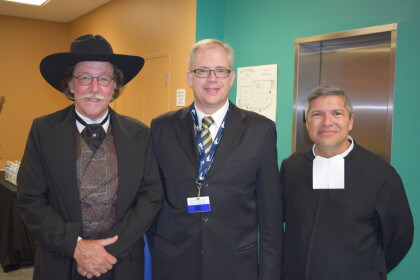
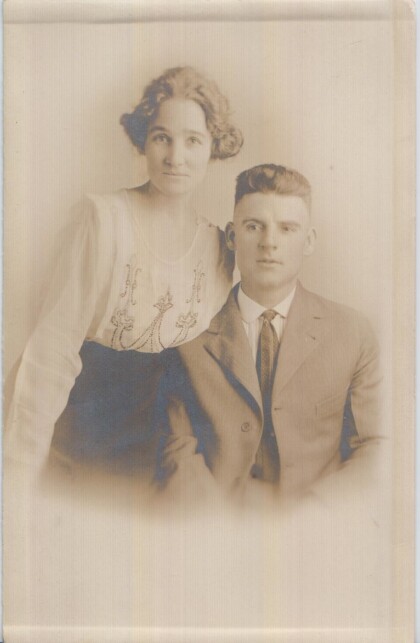
Comments
Add a comment